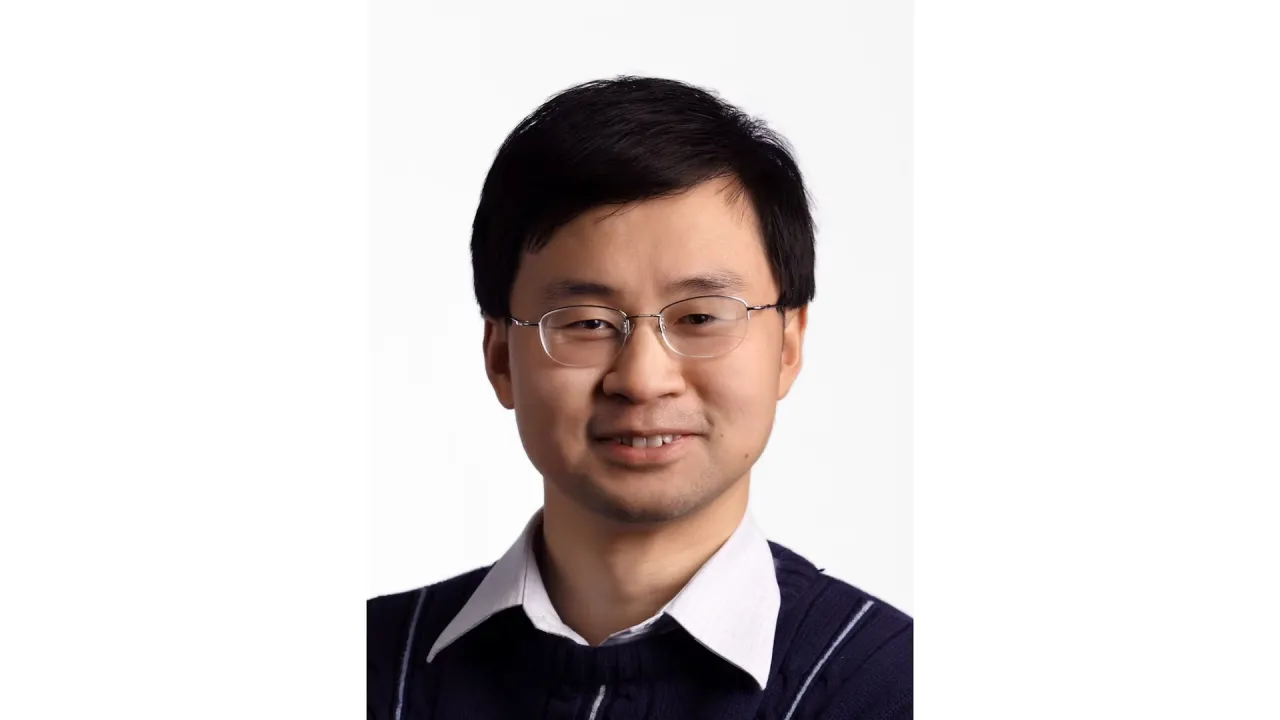
Electrocatalytic and Photoelectrochemical Conversion of Energy and Fuels and Storing Solar Energy in Solar Flow Batteries
Overview
Due to the intermittent nature of most renewable energy sources (such as solar and wind), practical large scale renewable energy deployment and utilization demand both efficient energy conversion and large scale energy storage or alternative usage. Earth-abundant but highly active electrocatalysts need to be developed to enable efficient and sustainable production of energy using electrocatalytic and photoelectrochemical (PEC) water splitting. We report nanostructures of earth-abundant electrocatalysts, such as exfoliated nanosheets of MoS2, WS2, MoSe2, for the hydrogen evolution reaction (HER) and significantly enhanced their catalytic activity. We established nanotructures of ternary pyrite-type cobalt phosphosulfide (CoPS) as the best earth-abundant HER catalyst in acidic conditions to date. These earth-abundant catalysts have been integrated with silicon and other semiconductors to enable efficient solar-driven hydrogen generation using earth-abundant materials. Then I will discuss our recent efforts on the conversion of biomass derived molecules (such as HMF and glycerol) utilizing the increasingly affordable renewable electricity to value-added chemicals. In the second part, I will discuss novel hybrid solar-charged storage devices that integrate photoelectrochemical solar cells and redox flow batteries (RFBs). In these integrated solar flow batteries (SFBs), solar energy is absorbed by semiconductor electrodes to directly charge up the redox couples without external electric bias; which can be discharged to generate the electricity as in a RFB when electricity is needed. We have recently achieved integrated SFB devices with an overall direct solar-to-output electricity efficiency (SOEE) of 14%. These high performance SFBs can serve as distributed and standalone solar energy conversion and storage systems in remote locations and enable practical off-gird electrification.
Biography: Prof. Song Jin received his B.S. in Chemistry from Peking University in 1997, Ph.D. in 2002 from Cornell University under the direction of Prof. Francis J. DiSalvo and carried out his postdoctoral research under the direction of Prof. Charles M. Lieber at Harvard University. Dr. Jin is interested in the chemistry, physics and technological applications of nanoscale and solid-state materials. Dr. Jin developed innovative synthesis of a variety of nanomaterials including metal chalcogenides, oxides, silicides, and halide perovskites, and discovered and developed the screw dislocation-driven growth of anisotropic nanomaterials. Building on the fundamental understanding of novel physical properties, Jin advances the exploitation of (nano)materials for solar energy conversion, electrocatalysis, energy storage, optoelectronics, nanospintronics, and biotechnology. A unifying theme of Jin’s energy research is the focus on earth-abundant materials. Dr. Jin has authored or co-authored over 180 publications and 6 patents. He has been recognized with a NSF CAREER Award, a Research Corporation Cottrell Scholar Award and as one of world’s top 35 innovators under the age of 35 (TR35 Award) by the MIT Technology Review Magazine, the ACS ExxonMobil Solid State Chemistry Fellowship, and the Alfred P. Sloan Research Fellowship, U. of Wisconsin-Madison Vilas Associate Award and H. I. Romnes Faculty Fellowship, and the ACS Inorganic Nanoscience Award. He also serves as a Senior Editor for ACS Energy Letters.